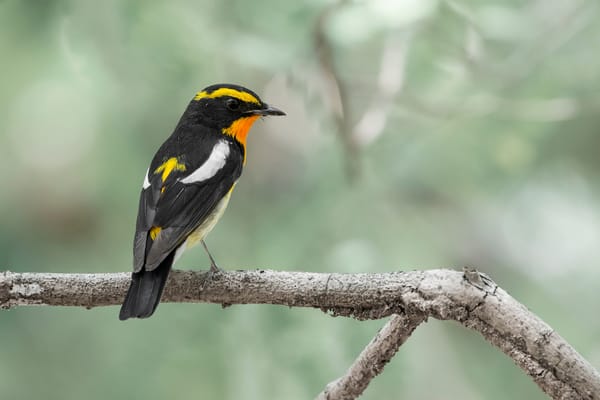
Routing the Journey: Loop vs. Direct Migrations of East Asian Songbirds
Tracking ringed birds with miniature geolocators reveals distinctly different migration strategies: clockwise loop migrations in Narcissus Flycatchers and direct routes in Amur Stonechats – highlighting evolutionary, ecological, and conservation implications in the East Asian–Australasian Flyway.
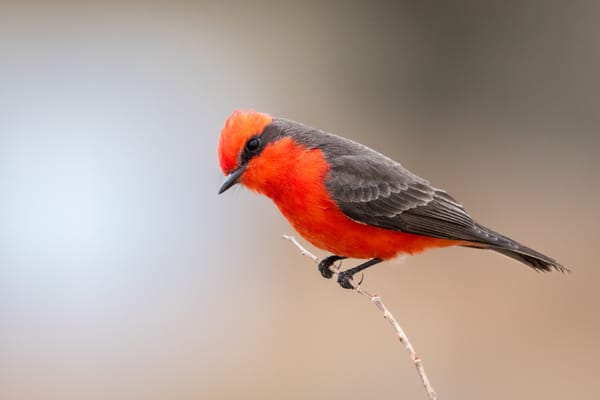
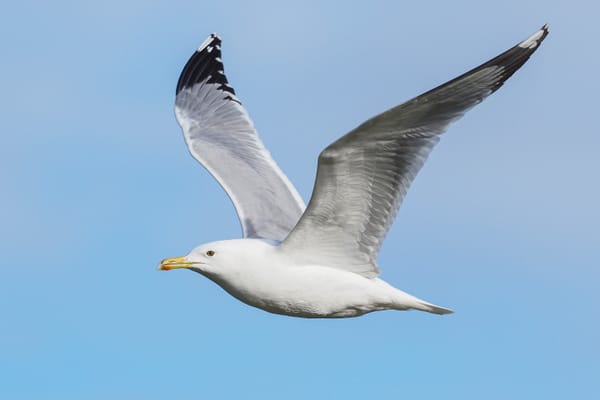
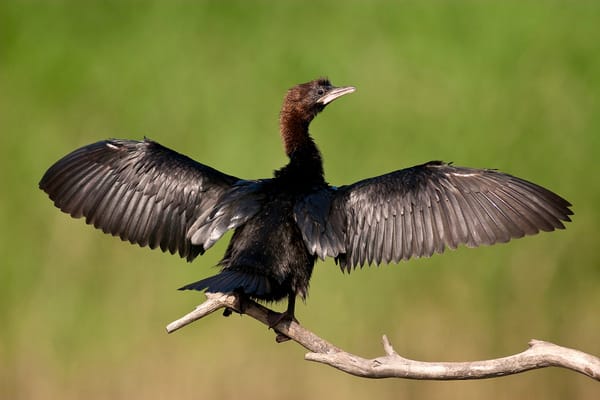
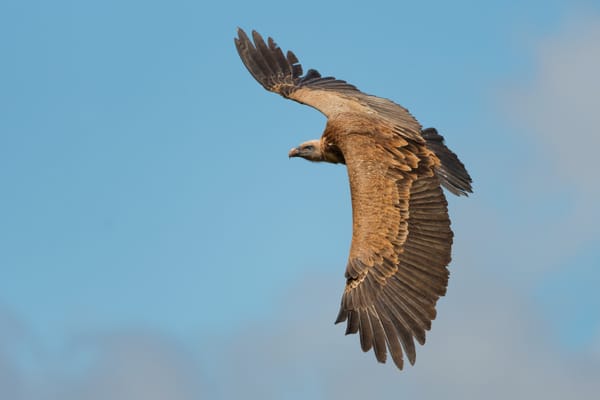
A Generation Restored: How Griffon Vultures Thrived Four Decades After Reintroduction
Four decades of monitoring show that Griffon Vultures in the Grands Causses maintain exceptionally high survival, revealing why this reintroduction became one of Europe’s most successful raptor recoveries.
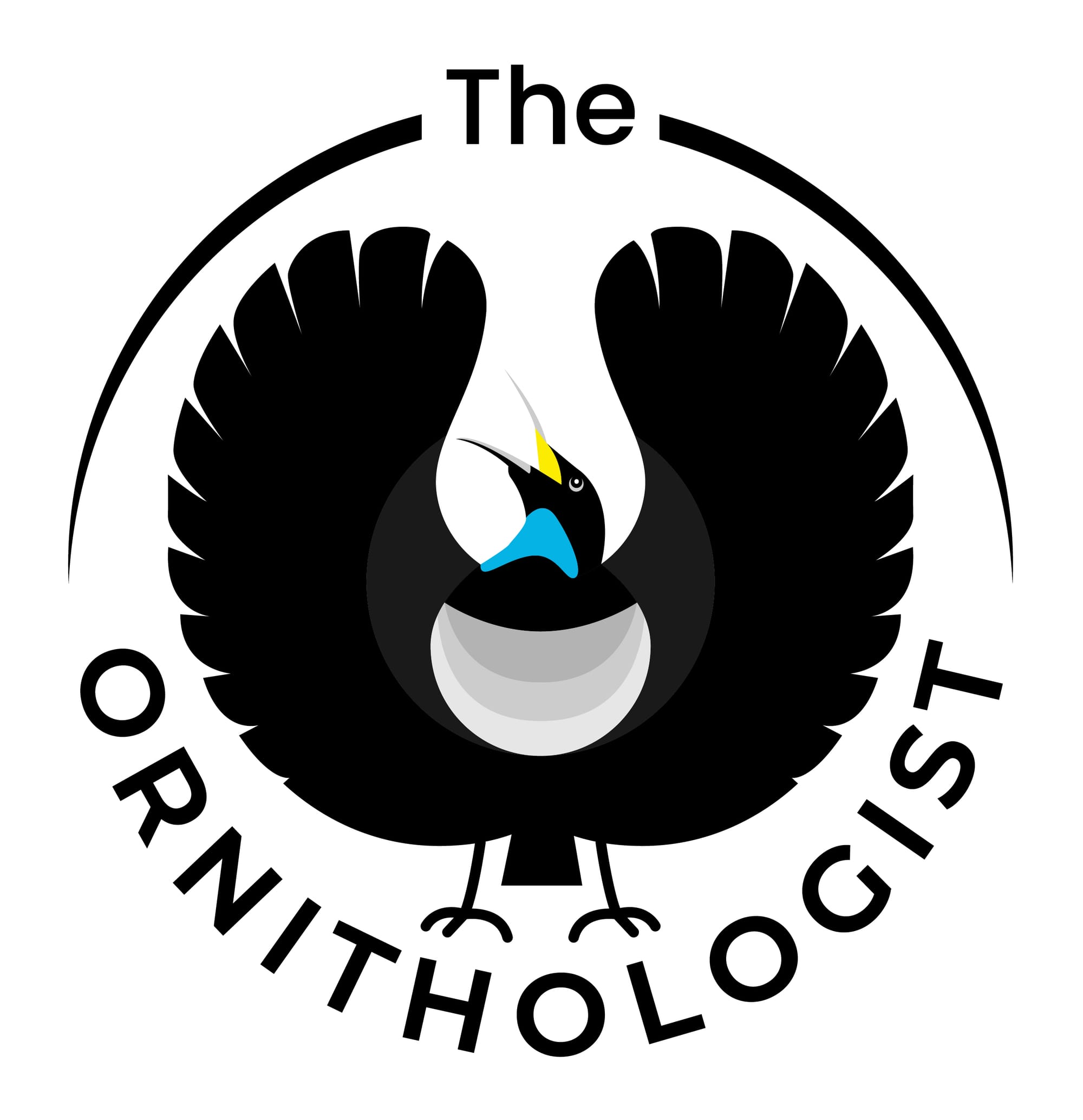
Gyorgy Szimuly

Rare coastal hailstorm kills or injures nearly 1,900 birds in Texas
A violent hailstorm that struck the Coastal Bend of Texas on 1 November delivered a rare and devastating blow to local bird populations. Updated assessments from the Harte Research Institute indicate that nearly 1,900 birds were killed or severely injured, with Brown Pelicans making up the vast majority of the casualties. Researchers recorded approximately 1,860 affected birds, including around 1,484 Brown Pelicans. While the storm primarily hit coastal waterbirds, smaller numbers o
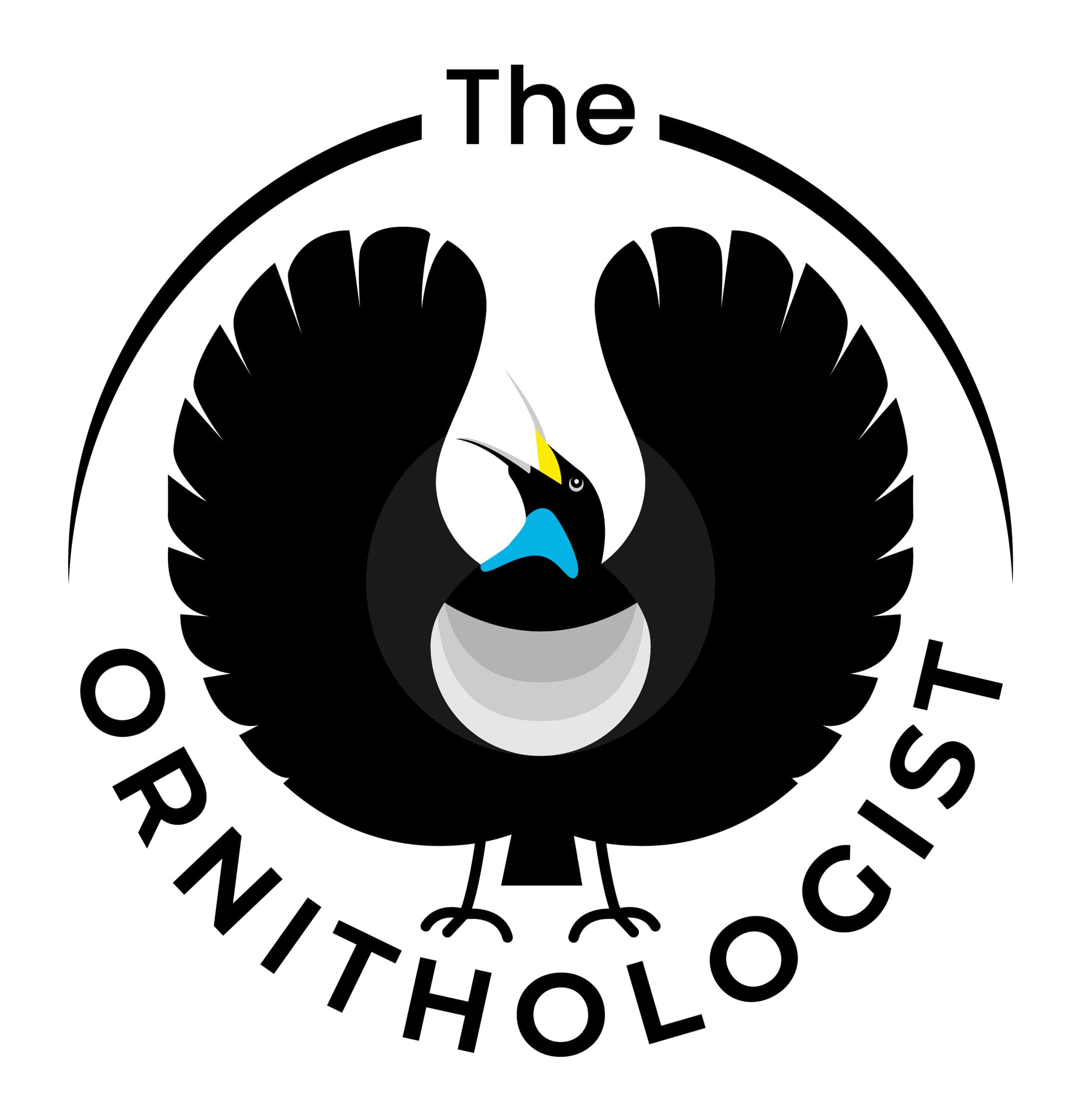
The Ornithologist
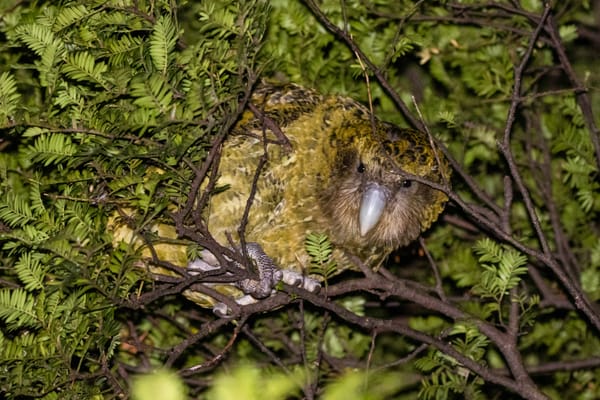
Farewell to Solstice: The Last Stewart Island Kākāpō Passes Away
Solstice, the final female kākāpō originally from Stewart Island, passed away in Dunedin after several months of treatment for cloacitis – a recurring disease that has claimed several individuals in recent years. Her death has resonated deeply among conservationists who have followed her story for nearly three decades. First discovered in 1997, Solstice was found against all odds – years after her species had been declared locally extinct on Stewart Island. At that time, the last kn

Gyorgy Szimuly